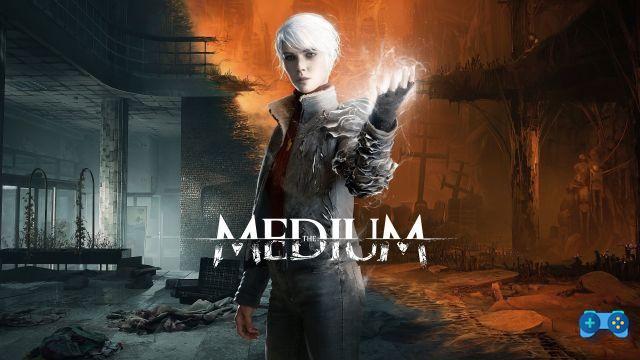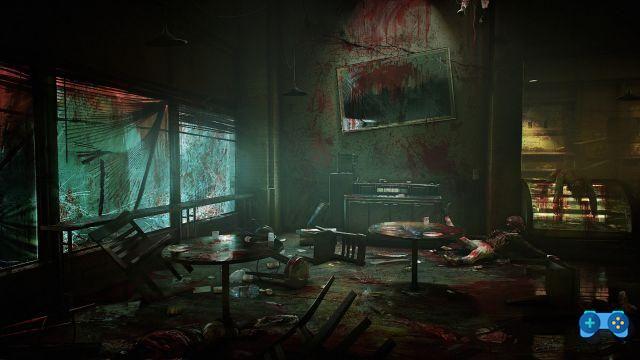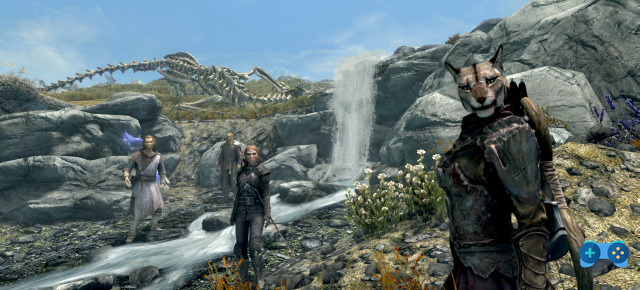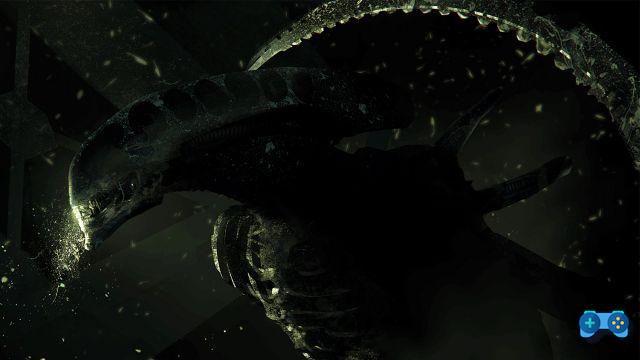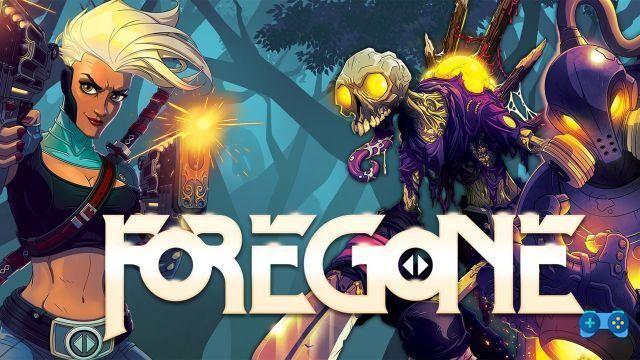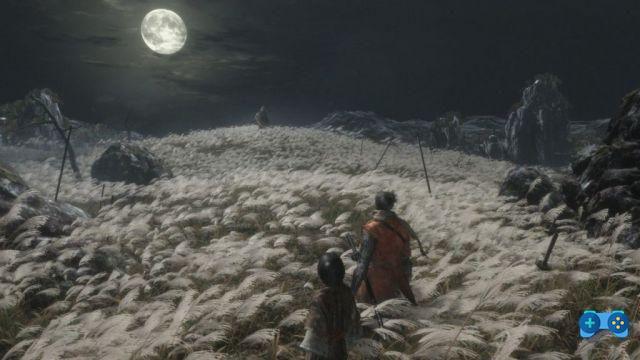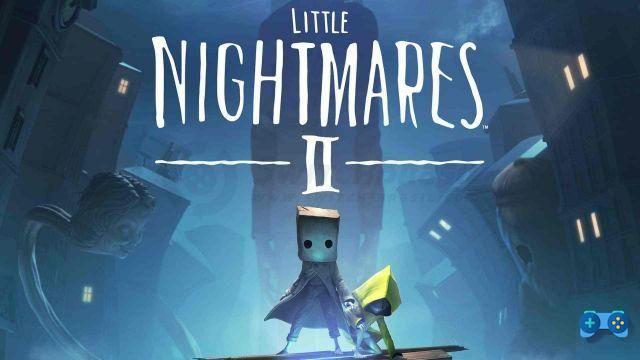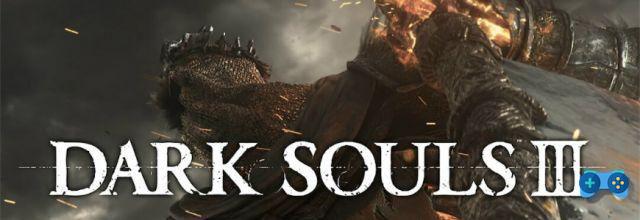
Let's unravel Lothric's story.
As many will know, the lore of the Souls is not easy to understand or compose, since the author adopts a completely unusual method of narration for this historical period of the videogame, where by now everything is direct and difficult to misunderstand. I state that this article will be drenched in spoilers, so continue only if you have finished the third chapter at least once and feel confident in what you are about to do.
The From Software series upsets the aforementioned safe canons, trying almost the impossible but coming out victorious. And if the plot turns out to be undoubtedly very intricate, it is precisely for this reason that this article exists, in order to interpret and share the lore of this last chapter. Yes, because we cannot speak of certainty, but of interpretation. In every title developed by From Software (including Bloodborne) there has never been an absolute certainty of the history of the world in which you are walking, so each player has given his opinion through speculations and hypotheses, contributing to the creation of a narrative thread consistent and plausible. With these premises, therefore, we can delve into the history of Lothric or, more specifically, in the history of Six Lords of the Embers that can be tackled in the game. For reasons of the vastness of the topic, I will divide the article into two parts hoping at least to give you some ideas on how to map your lore. Let's begin.
Who are the Lords of the Embers?
Rightly, you are wondering who these phantom Lords of the Embers are: a Lord of the Embers is a being endowed with enormous First Flame. “When the Flame goes out, the bells ring and the ancient Lords of the Embers awaken from their graves”, reads a sentence from the game's introduction.
This First Flame, source of all greatness and existence (to quote "The Old Hunters"), with the passing of time runs out of its strength, requiring a "sacrifice" to revive it and keep the world in this sick cycle. What would happen if the flame went out? Darkness would reign. And not a darkness of darkness but of neutrality, present before the birth of the Flame itself. For this reason, in most cases, the Lords of the Embers sacrifice themselves to the Flame, sacrificing one's body and using the soul as fuel to avoid the return of this dreaded neutral era. However, with each "sacrifice" the earth changes its shape, resetting life and starting the cycle again while waiting for the Flame to accept new lifeblood, consuming the Monarch of the era that is increasingly dying out.
Having said that, we will throw ourselves into the flames of Dark Souls III, trying to reconstruct this masterful “One last time” painting (citing Sabaku no Maiku).
Guardians of the Abyss
These mighty beings are the direct blood relatives of the first Guardian of the Abyss, Artorias the Walker of the Abyss, part of the Farron's Undead Legion and devoted, in fact, to the preservation of the world from the threat of the Abyss.
The catastrophe which occurred ad Oolacil during the events narrated in the DLC of the first chapter brought to light a dramatic truth: the Abyss it cannot be stopped, it can only be slowed down. With this aim i Guardians of the Abyss of Farron, bearers of the Wolf blood. These majestic warriors are considered a bad omen, as if their appearance preceded ruin and despair; these soldiers of the Legion of the undead, in fact, used extreme means in order to avoid the spread of the Abyss. As soon as a kingdom feels the first symptoms of this propagation, the Guardians exterminate the population and completely raze the “infected” kingdom to the ground.
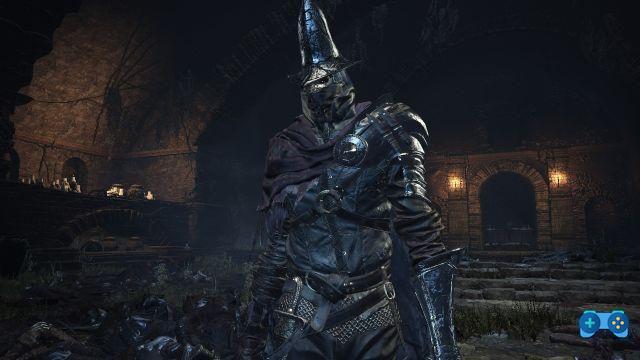 According to my theory, the Carthus Catacombs and Farron fortress they are part of the same cycle of events, a theory justified when the connection between Wolnir, the lord of Carthus, e the Abyss. Wolnir, eager for power, after killing many rulers of other kingdoms, seeks the way to obtain eternal life, going so far as to sacrifice a large part of the people of Carthus in order to carry out his project and causing the Abyss to gush into the Catacombs . This, however, inevitably draws the attention of Artorias' descendants, alerting them.
According to my theory, the Carthus Catacombs and Farron fortress they are part of the same cycle of events, a theory justified when the connection between Wolnir, the lord of Carthus, e the Abyss. Wolnir, eager for power, after killing many rulers of other kingdoms, seeks the way to obtain eternal life, going so far as to sacrifice a large part of the people of Carthus in order to carry out his project and causing the Abyss to gush into the Catacombs . This, however, inevitably draws the attention of Artorias' descendants, alerting them.
Upon arrival of the Guardians, the remaining population of Carthus is massacred (this explains the presence of skeletons in the Catacombs), eliminating the population already half "absorbed" by Wolnir. At this point, however, the Abyss has taken hold so much that it can no longer be stopped, not by conventional means at least. The Acolytes of Farron, corroded by the Abyss, they become Ghru, monsters deformed mutant creatures, while the Fort is engulfed by a dense swamp forest, leading to its ruin.
With no more choice, in a last desperate gesture, i Guardians of the Abyss sacrifice themselves to the First Flame, stopping the propagation of the Abyss itself and starting a new cycle of the world becoming, consequently, Lords of the Embers. Tuttavia, the Lord of the Embers can only be one: the Guardians in fact were able to become Lords thanks to their Wolf blood, which makes them in effect one great entity willing of a huge soul. After these events, the blood of Artorias dried up, having no more direct heirs.
With the convergence of cycles which occurs at Lothric, the Guardians lie buried in their graves, like the other Ember Lords, and what remains of Farron's fortress is nothing more than a dense, swampy forest ruled by the Ghru. Despite this situation, the Undead Legion still survives, led by the Old Wolf of Farron (probably descendant of Sif, the great gray wolf, faithful companion of Artorias), who pursues the goal of protecting the sleep of the Lords of the Embers by founding, consequently, the Pact of Guardians of Farron, nothing but bits and pieces of what they originally were.
Aldrich, Eater of Gods
“Take Aldrich for example, a cleric of the best, except for the habit of devouring men. He ate so many that he swelled up like a pig and turned into jelly. They made him Lord of the Embers not out of virtue, but out of power. " - Hawkwood.
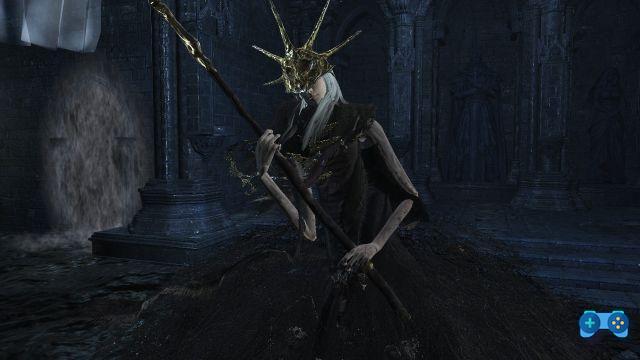 Not all the Lords of the Embers have become so honorably. It sounds like a trivial sentence, but it is not. Aldrich, cleric of the White Way, began to devour men in order to gain more and more power, even the same ones DDeacons of the Cathedral of the Depths they handed him sacrifices to get stronger and stronger.
Not all the Lords of the Embers have become so honorably. It sounds like a trivial sentence, but it is not. Aldrich, cleric of the White Way, began to devour men in order to gain more and more power, even the same ones DDeacons of the Cathedral of the Depths they handed him sacrifices to get stronger and stronger.
Like everything in Dark Souls, godly actions have ALWAYS an ulterior motive. The three Archdeacons Klimt, Royce and Mcdonnell, in fact, they fed Aldrich in order for him to accumulate enough power a bind the First Flame, most likely not out of pure necessity, but out of fanaticism. Since Lloyd, former leader of the White Way, is strongly related to Gwyn, the first Lord of the Embers, it is plausible to think that the Deacons wanted to create a sort of surrogate capable of succeeding him.
After gaining enough power, Aldrich was thrown into the Furnace of the First Flame, which made him a Lord of the Embers; the event, like any constraint, marked a new cycle. To the collapse of cycles which we can witness Lothric, the Deacons worship Aldrich as a deity in his own grave in Cathedral of the Depths. At the moment of his awakening, like the other Lords, he will return to his place of origin, that is Irithyll of the Boreal Valley, legendary place of origin of this Lord. Sulyvanh, high priest and tyrant of Irithyll, leads Aldrich to the top of the city of Anor Londo, since Irithyll is placed at the roots of this ancient capital of Lordran and former home of Gwyn and the powerful, ancient "Gods". Like everything in Lothric, the "gods" of Anor Londo are reborn: Sulyvanh, aware of this, imprisons them in the upper part of Irithyll along with the voracious Aldrich to fulfill his duty as a priest and pleasing his Lord.
It goes without saying that the Lord of the Embers began to devour the "Gods", even going so far as to slowly consume the God of the Dark Moon Gwyndolin, Gwyn's third son, partially assuming her features and powers, also earning the nickname of Devourer of Gods and turning Anor Londo's cathedral into a bleak ruin. Until our arrival at least, where we will put an end to its undisputed dominion once and for all.
Yhorm, the Giant
Of all the Lords of the Embers, this is the one that comes closest to Gwyn, the first Lord of the Embers: in fact, according to what his own says Anima, descended from a great conqueror. Obviously this is my speculation, as it could be descended from Vendrick, monarch of Drangleic and “almost” Lord of the Embers, or by himself Lord of the Giants, present in Dark Souls II. The latter, in fact, is similar to Yhorm in various respects, such as armor or race; however, for reasons related to the author Hidetaka Miyazaki to "move away" from the second chapter (under certain aspects), I do not think it can be about this Giant. It could indeed be descended from Gwyn, because they both became Lords of the Embers, they are both conquerors and, on balance, we cannot say what Gwyn actually could have been before he made hisSoul of Lord found in First Flame. For all we know, Yhorm could be very similar to Gwyn before she became a Lord.
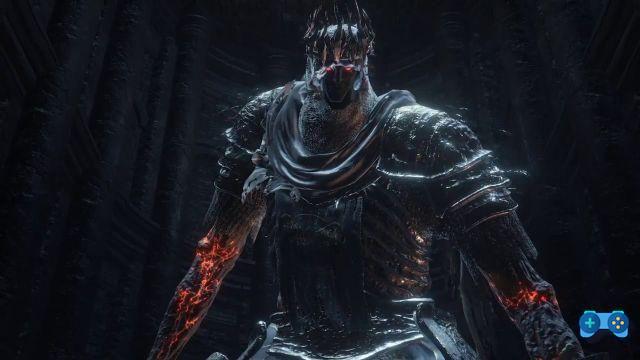 Yhorm, after numerous wars fought and won valiantly, was elected Monarch from his own people. Ruthless minds were plotting behind him though: the Priestesses of the Capital, dazzled by the power of First Flame (probably revered as a deity, much like the Giants in Dark Souls II), they tried to recreate it to use its power at will, unfortunately - or fortunately - failing. This gave rise to the Defiled Flame, an error that created in all respects a devastating weapon that burned the capital, giving it the name of Defiled Capital.
Yhorm, after numerous wars fought and won valiantly, was elected Monarch from his own people. Ruthless minds were plotting behind him though: the Priestesses of the Capital, dazzled by the power of First Flame (probably revered as a deity, much like the Giants in Dark Souls II), they tried to recreate it to use its power at will, unfortunately - or fortunately - failing. This gave rise to the Defiled Flame, an error that created in all respects a devastating weapon that burned the capital, giving it the name of Defiled Capital.
The survivors who escaped this cataclysm began to accuse Yhorm of having caused the devastation, when in reality the latter was not the proponent. The Flame never ceased to feed: on the contrary, it continued to grow relentlessly, making it even more lethal than it already was. It was at that moment that Yhorm accepted his call (further simile to Gwyn: the resignation and sacrifice of all that has been earned) by donating the two swords capable of defeating him, the so-called "Storm Lord“, Weapons born with the aim of killing the Giants. One gave it to men disheartened by the noble Lord and the other to his dearest friend, Siegward of Catarina, and finally gave up even his faithful shield. Thus he bound the First Flame, becoming Lord of the Embers in order to appease the fury of the Profaned Flame; however, the Flame reacted unexpectedly to this event, causing the fire to fall on men and extinguishing, finally, life in the Profaned Capital.
After the collapse of Kingdoms, Sulyvanh discovered the Profaned Capital and built on its top the foundations of the Prisons of Irithyll. In the capital he also found the remains of the Defiled Flame, remaining dazzled by the immense power: he recovered a fragment, infusing his sword with that power and assigning it to the Streghe of Irithyll, also fortifying the defenses of the city. Shortly after awakening the Lonely Lord of the Defiled Capital, will make his return to the capital, sitting on his throne and waiting for the arrival of his faithful friend, which will lead him to eternal rest thanks to his priceless gift.
If you are still here reading this last speech, I really thank you for your attention and for your interest. I remember that everything you have just read is nothing more than a personal speculation on the lore of Dark Souls III, nothing concrete in essence. Perhaps the true beauty of the Souls lies precisely in the uncertainty of events: everyone can therefore draw information from this great receptacle, making it more and more complete and imbued with meanings. See you again in the second part (which you can find HERE) of this special with the last three Lords of the Embers.







